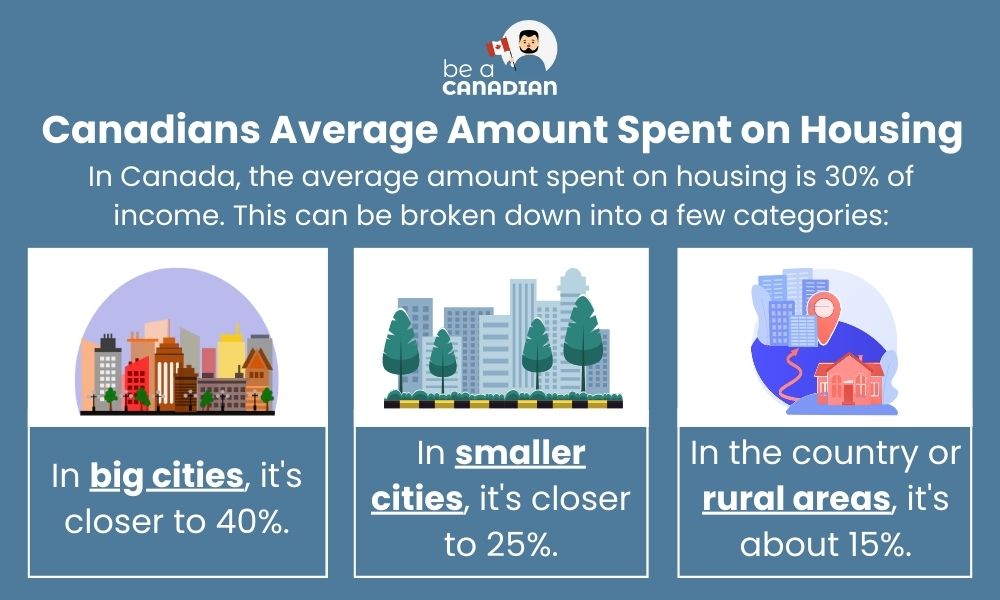Immigrant's Guide to Accomodation: Housing in Canada
Home » Life in Canada: All Immigrants Need to Know This » Life in Canada: Housing & Accommodation
How much do Canadians spend on Housing?
While housing in Canada might seem more expensive compared to other countries, keep in mind that it must be evaluated as part of the total household income.
Salaries in Canada are much higher than in many countries, so the cost of housing is very affordable for most Canadian residents, including new immigrants.
Quick Links:
Most Popular Housing Types in Canada
Apartment Buildings
One of the most common options for life in Canada. This is a standard multi-floor building with many apartment units.
Condominiums
Condominiums are usually complex of multi-floor buildings that one person or many people can own.
Houses (Single-Family Homes)
This is where you live on your property and do not share it with others. Townhouses or duplexes can also be purchased as part of a group called “co-housing”. This means that there is no front door to the house; instead, everyone shares one main entrance to all the houses next door (from a street).
Other Housing in Canada Facts: All You Need to Know
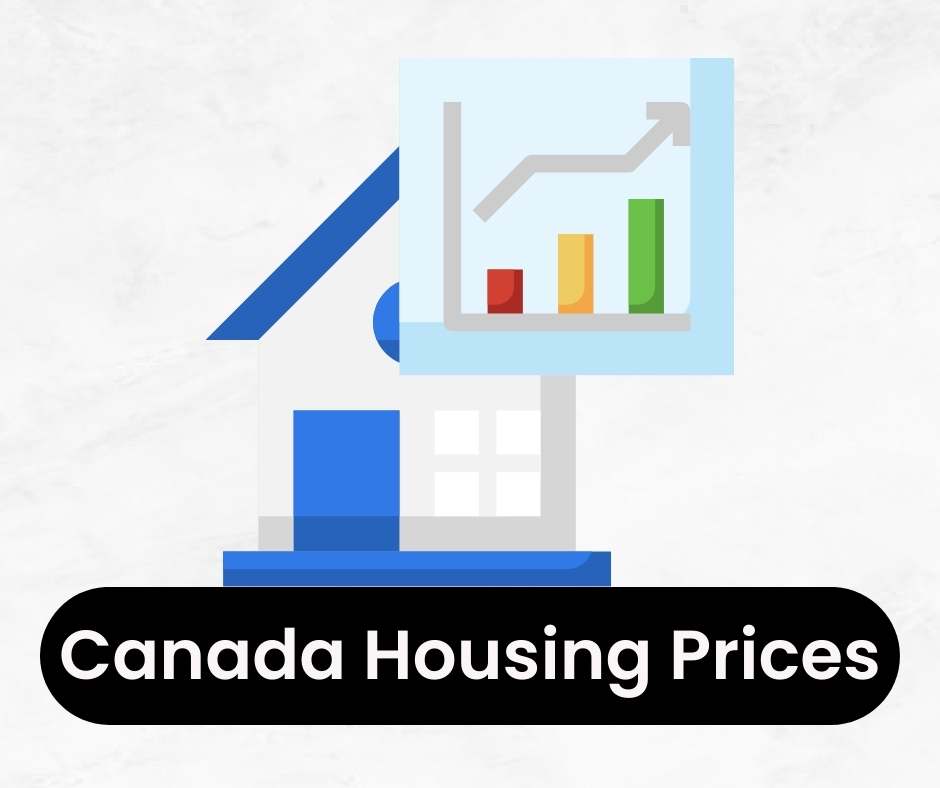
Housing Prices and Rents in Canada Vary by Region
Housing prices and rents vary by region:
In general, housing costs are higher in urban areas than rural ones. Many people want to live in the city, and not many want to live in rural areas, which means demand is more significant than supply.
The same goes for renting a place: rents are generally higher in large cities like Toronto or Vancouver than they are elsewhere. Renting can be expensive because developers have built fewer buildings and since there’s more demand for housing than there is supply.
If you’re looking for a place to rent, consider moving somewhere smaller—not necessarily farther away from your job!
You might find that living closer means paying less rent per month on average (and therefore having more money left over after paying expenses).
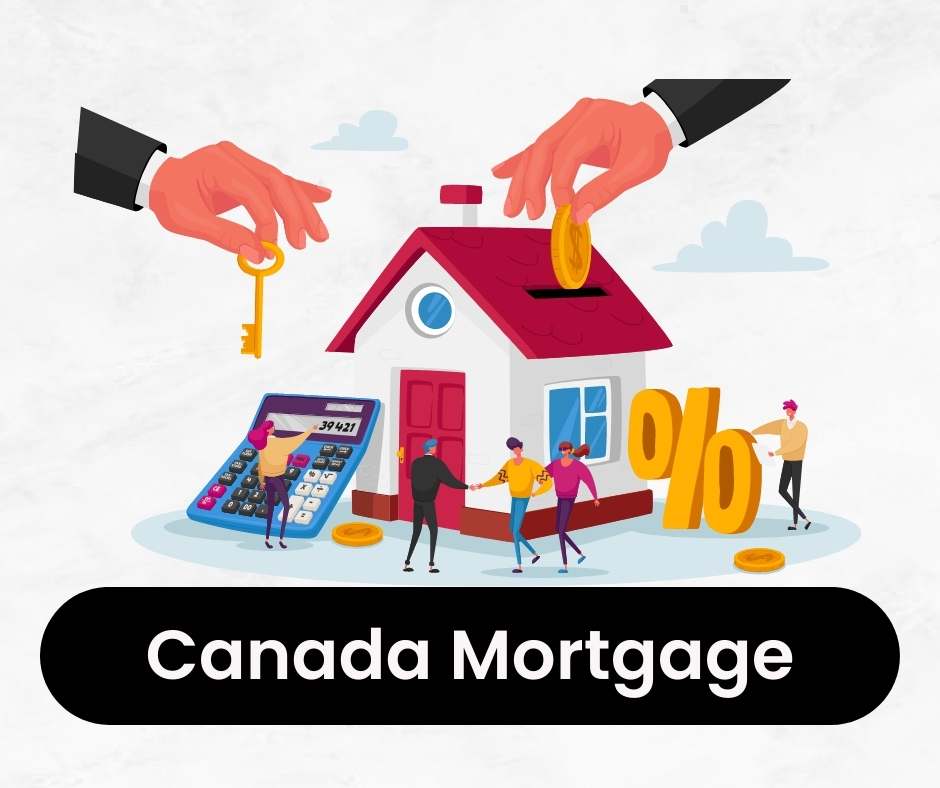
Home Ownership Usually Means Paying a Mortgage
A mortgage is a loan given by a bank to help you buy a home. You usually pay the bank back with monthly interest payments over 25 years, though some mortgages are shorter, and many require lump-sum amounts at the end of the term.
When you take out a mortgage from your bank, they register it against your property, so they have security if you fail to repay them.
The amount of money you can borrow depends on how much equity in the house there is (how much has already been paid off), whether any other liens or debts are attached to the property, and what size deposit is put down on top of that.
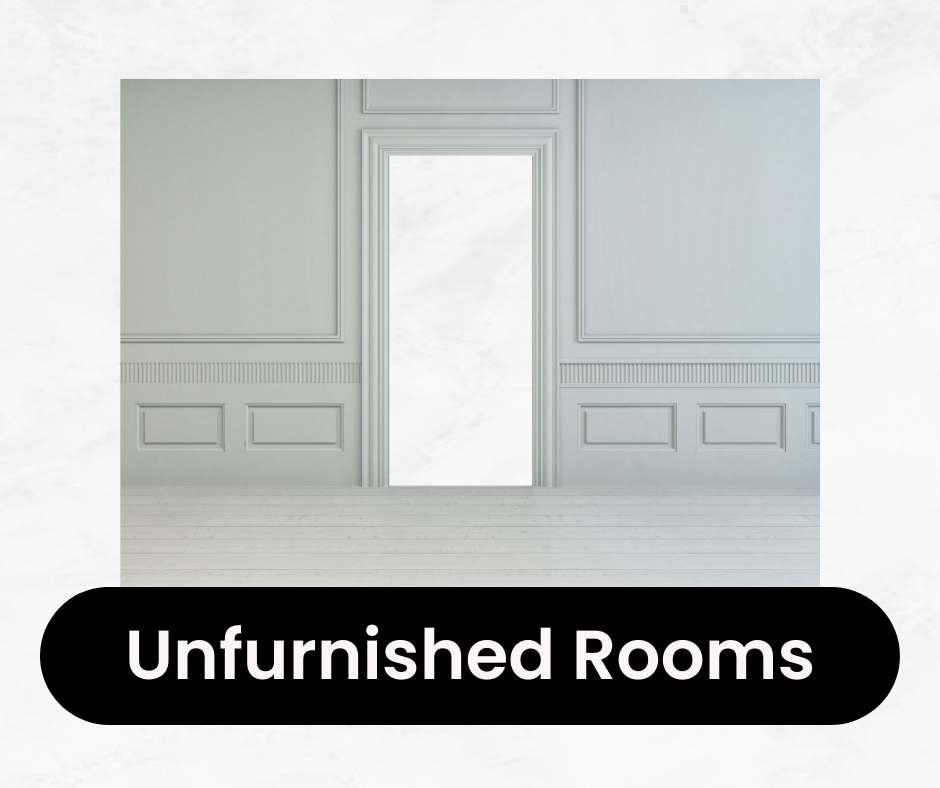
Rental Apartments in Canada are Usually Unfurnished
Furnished apartments are more common in larger cities like Vancouver, Toronto, and Ottawa. These furnished apartments can be rented out as whole units or individual rooms within a larger apartment building.
Unfurnished apartments, on the other hand, are more common and are more economical. They require fewer upfront costs, such as furniture and appliances (although you will still need to pay for electricity).
Unfurnished rental units offer more flexibility when decorating since you can choose whatever color scheme you like and don’t have to worry about matching furniture that was already there before.
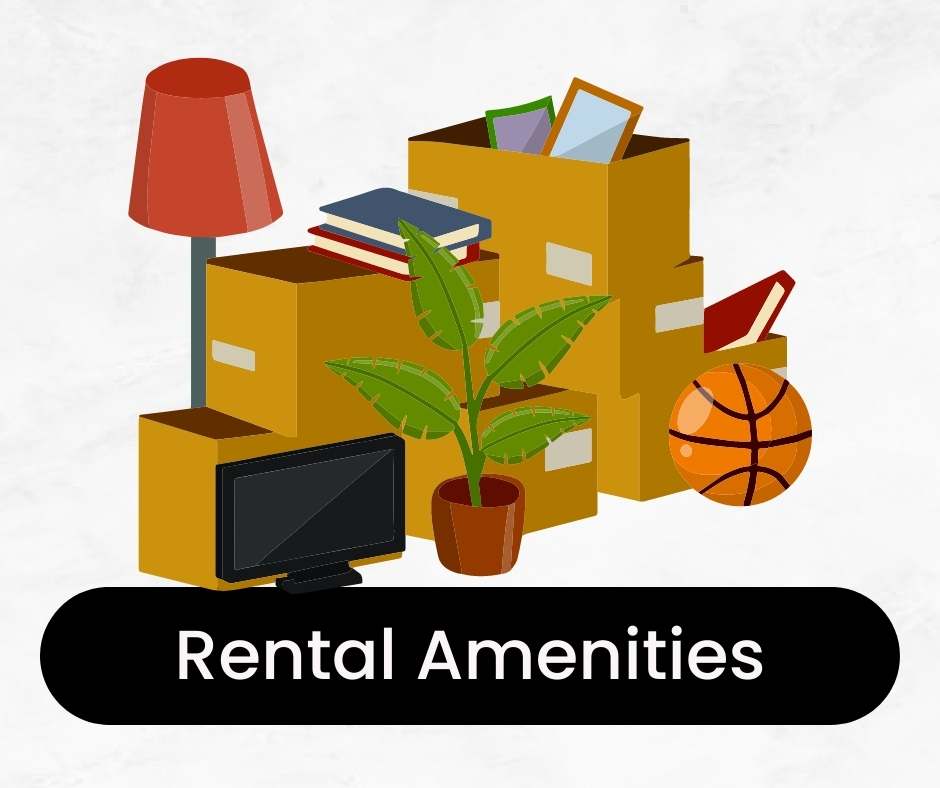
Most Rental Apartments Have Few Amenities
Rental apartments in Canada are generally basic. Most have few amenities, and you won’t find the same things you might expect in a rental apartment elsewhere. Most apartments in Canada don’t include laundry machines, dishwashers, or parking spaces.
A typical place to live will only cost around $1000 per month for a one-bedroom unit, but it may not have any of these amenities included in the price. If you want your new home to have laundry facilities (which most people do), you’ll need to pay extra for them or use public laundromats instead.
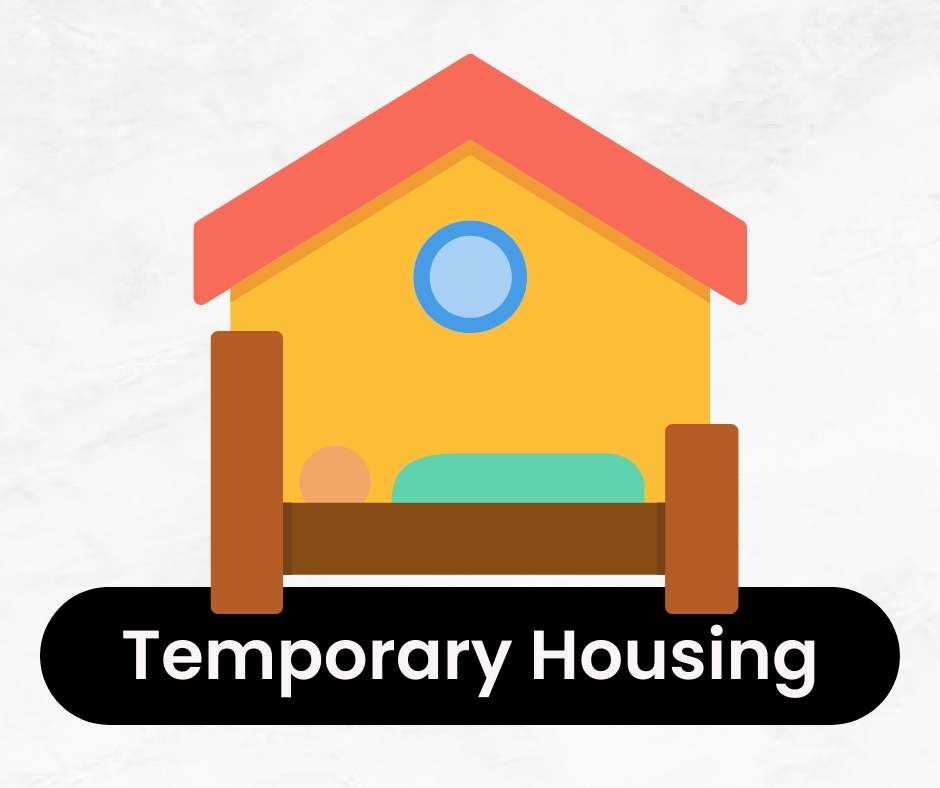
Newcomers to Canada Often Use Temporary Accommodation
Many newcomers to Canada use temporary accommodations while they look for permanent housing.
Temporary accommodation is a place to stay, but it may not be where you want to stay forever. Here are some of the most common reasons why people live in temporary accommodation:
- They can’t afford permanent housing.
- They need somewhere to live immediately and don’t have enough time to find a home they want (e.g., international students).
- They’re waiting for their permanent immigration papers to get social assistance or work legally (e.g., refugees).
Temporary accommodation includes any living situation that isn’t considered “permanent” by standard definitions.
For example: living with friends or family members; renting a room in someone else’s apartment; staying in subsidized housing (such as the subsidized apartments provided by many Canadian universities); staying at a shelter or hostel; etc.
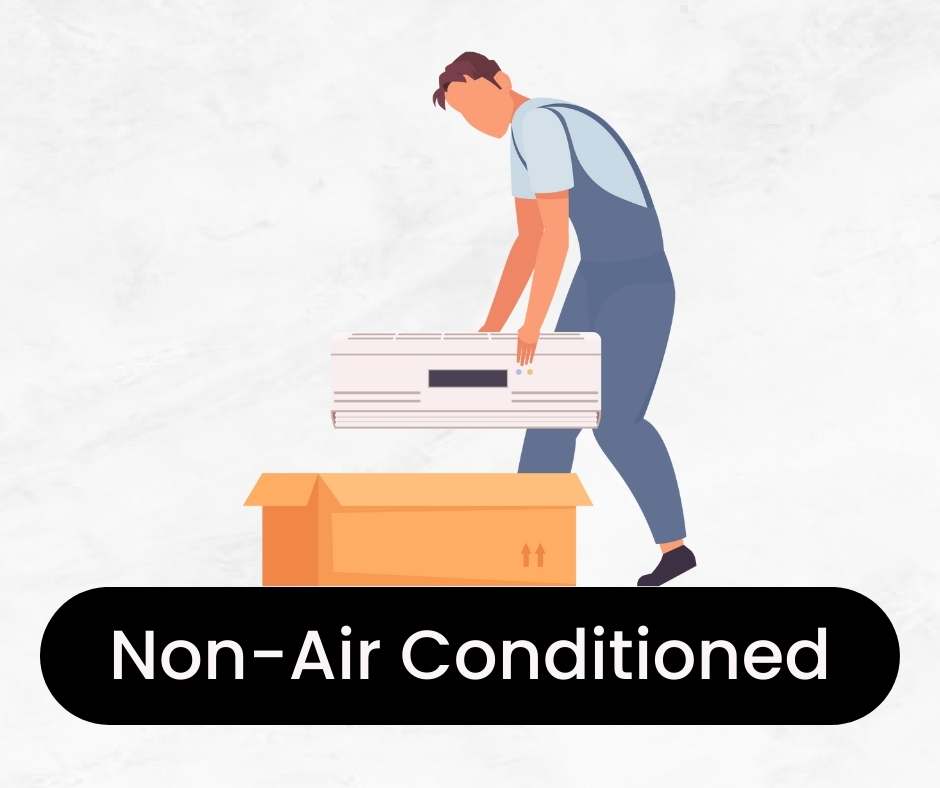
Most Canadian Apartments are Not Air Conditioned
If you’re coming from the United States, you may be accustomed to having air conditioning in your home. But keep in mind that it’s uncommon in Canada.
Air conditioning is expensive and energy-intensive, so it’s not common for renters to install AC units in their apartments. Instead, Canadians use fans or open windows to cool off during the summer months.
Many buildings are also constructed with thicker walls that help keep interior spaces cooler during hot weather—and single-paned windows tend to be less common here than they are in the U.S., which means less heat transfer from outside sources (like sunlight).
In some provinces like Ontario and British Columbia, landlords aren’t required by law to provide air conditioning for tenants—though there are exceptions depending on your rental agreement (for example, if you live near a body of water).
In other places like Alberta, where temperatures can get pretty extreme come summertime (upwards of 40°C), renting an apartment without AC might be fine as long as you have access to fans or open windows throughout your unit so that fresh air can circulate freely!
